PhD thesis

Methods for comparative analysis of prokaryotic pangenomes: exploring interspecies genomic diversity for a better understanding of metabolism
The aim of this PhD thesis is to achieve new methodological developments for the comparative study of pangenomes. This will involve the development of new bioinformatic methods for inter-pangenome comparisons, which will be particularly based on the developments carried out for the identification and characterization of RGPs in functional modules ...
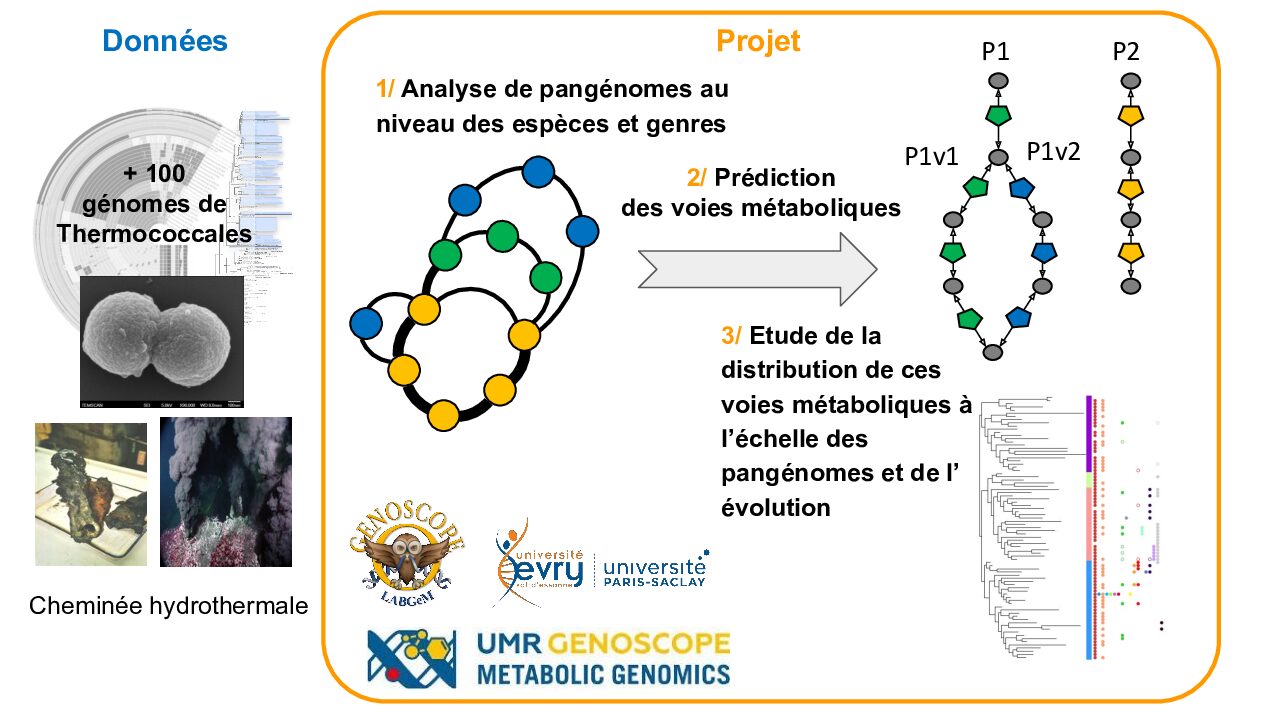
PanGenoThermo – Pangénomique et Métabolisme chez les Thermococcales
Description Contexte scientifique : Les Thermococcales sont un ordre d’archées anaérobies et hyperthermophiles, qui vivent au niveau des cheminées océaniques hydrothermales et au niveau de sources chaudes terrestres à pH neutre 1–3. Elles sont utilisées comme organisme modèle pour l’étude de la vie à haute température (avec une température optimale ...
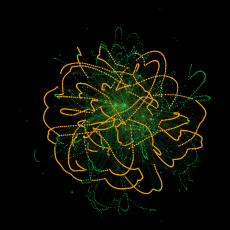
Comparative analysis of pangenomes: from genome plasticity to the metabolic diversity of the microbial world
The aim of this PhD thesis is to carry out methodological developments for the comparative study of pangenomes. Those developments will allow to explore the variable pangenome's dynamic within and between bacterial clades. Firstly, a tool for detecting variable regions in a pangenome graph using a partitioned pangenome will be ...
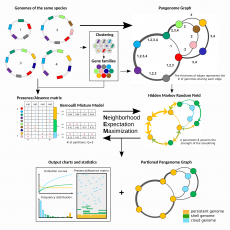
Conceptualization and exploitation of a partitioned pangenome graph as a compact representation dedicated to the characterization of the diversity of the genomic repertoire of a bacterial species
Introduced in microbiology in 2005 by Medini et al. and Tettelin et al., pangenome approaches aim to compile the entire genomic diversity of a species. In these studies, we generally distinguish within the pangenome, the core genome: the set of gene families where gene representatives are present in all organisms; ...
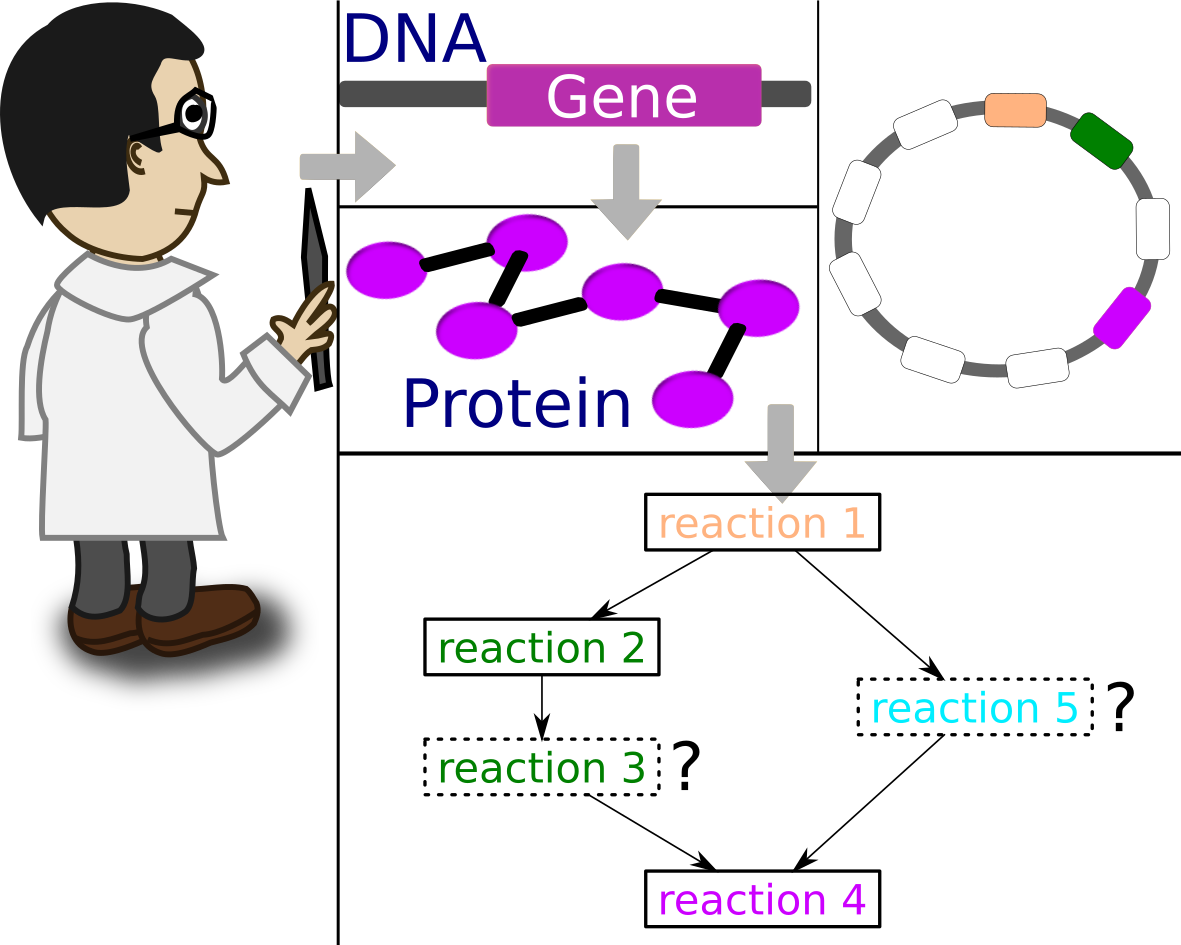
Functional genomic annotation with paraconsistent logic through biological network
One consequence of increasing sequencing capacity is the the accumulation of \textit{in silico} predictions in biological sequence databanks. This amount of data exceeds human curation capacity and, despite methodological progress, numerous errors on the prediction of protein functions are made. Therefore, tools are required to guide human expertise in the ...
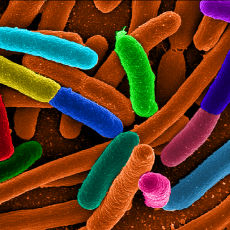
Large scale comparative genomics of Escherichia coli responsible for human bacteremia: clinical involvements and role of metabolic pathway.
E. coli is the first causative agent among community-acquired bacteraemia and it is also the most abundant species among facultative anaerobic bacteria in human gastro-intestinal tract (Tenaillon et al., Nat. Rev. Microbiol, 2010; Martin et al., N. Engl. J. Med., 2003). To understand the physiopathology of extra-intestinal infections, many traits ...
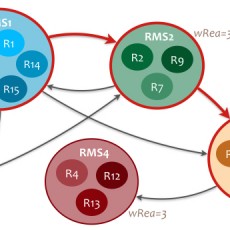
Chemical transformation modules discovery and exploration in the metabolism
The proportion of protein sequences of unknown function in public databases stills very important (42% of UniProt sequences are labelled as "hypothetical", "uncharacterized", "unknown" or "putative"). On the other hand, a number of enzyme activities (about 30%) remain orphan (i.e. there is any known sequence that is linked to this ...
